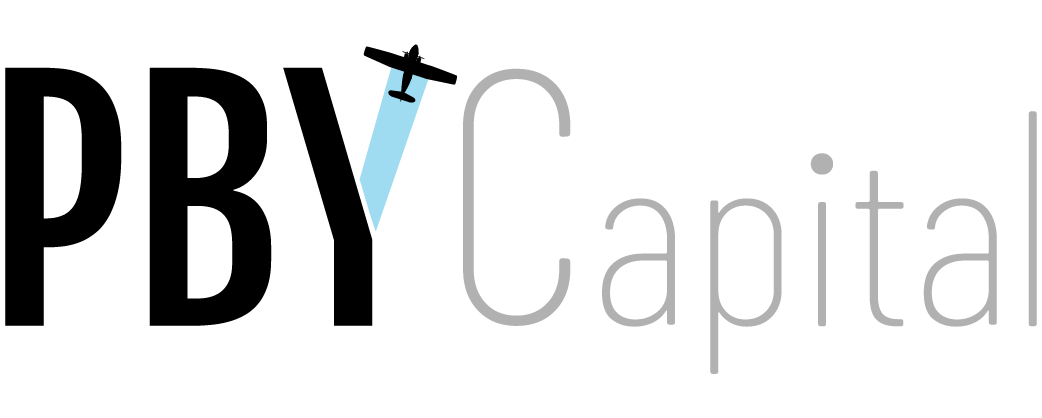If you own a business, you need a trust, too
Trusts are needed now more than ever because of second marriages and the aging population

Article content
Figuring out the best way to pass wealth from one generation to the next is something that many families grapple with, especially those who operate a business. Part of this planning usually focuses on the use of trusts, which can allow assets to be transferred more efficiently for tax purposes, while covering special conditions and accomplishing specific goals – both now and long into the future.
The result is a trust or trusts unique to a family and its situation, and no two of those are alike, nor do they remain static, experts point out. Knowing how trusts work – and how they can be tailored to reflect a family’s situation and wishes – is a critical part of the process.
“There’s no such thing as a boilerplate trust. That’s just a recipe for disaster,” says Peter Weissman, a tax accountant and partner at Cadesky Tax in Toronto who is chair of the public policy committee of the Society of Trust and Estate Practitioners (STEP) Canada. He says he deals with trust agreements daily in his practice, especially as people look not only to transfer significant sums of money but also to protect the funds and deal with special circumstances.
When a family company is involved, participants need to understand the principles of trusts and how they function, says Rachel Blumenfeld, a lawyer in the tax, trusts and estates group at Aird & Berlis LLP in Toronto.
“There are many misconceptions and traps that can be avoided,” says Blumenfeld, who is deputy chair of STEP Canada. She notes that the role of trusts has become more pronounced with societal trends such as second marriages and the aging population. They’re also being considered
and used more as the COVID-19 pandemic has prompted people to get their affairs in order.
A relationship between three parties
A trust is a vehicle for holding and preserving assets such as property, shares and cash for business, tax and estate-planning purposes, she says. It’s often referred to as a relationship between three parties: The person who creates and contributes assets into it, termed the settlor; the trustee or trustees responsible for looking after the assets and carrying out the settlor’s wishes; and those who will receive benefits from the trust, called the beneficiaries.
“It’s always a triangle,” says Blumenfeld, noting that although the settlor legally transfers ownership of the assets to the trust, he or she specifies how they are to be managed, invested and ultimately distributed, through the terms and conditions of the trust deed.
There's no such thing as a boilerplate trust. That's just a recipe for disaster.
Peter Weissman, Cadesky Tax, Toronto
The two main types of trusts are a living or “inter-vivos” trust, which is created and takes effect during the settlor’s lifetime, and a “testamentary” trust, which is typically created inside a will and comes into play after death. In addition, a trust can be either discretionary, allowing the trustee or trustees to decide if, when and to whom to pay income and capital, or non-discretionary, where the trust document stipulates those details.
A common reason for a trust to be set up is to plan for the succession of a family business. This decreases the risk of company failure that can happen between generations, “partly because you’re choosing who’s going to be the next person in control,” Blumenfeld says. Having created the trust, the original owner can remain president and director during his or her lifetime, she notes. It’s also possible to set up a trust that provides special directions or establishes an advisory board to manage the business when he or she dies.
Weissman notes that a trust can protect company assets, such as when a child becomes a shareholder of a family business upon the death of the owner. “Having those shares owned by a trust protects the company, and it protects the person from themselves.”
“Freezing” an estate in favour of a family trust is especially useful for a business owner to transition a family company or corporate entity and its future wealth to children, other family members or third parties.
How an estate freeze works
Scott Binns, a partner at the family office Richter LLP who specializes in tax and estates, says that in an estate freeze, the business owner typically exchanges common shares in the company for fixed-value preferred shares. This freezes the value of his or her participation in the company at that moment in time. A trust is set up where the trustees subscribe for new common shares for the benefit of second- or third-generation family members. These start with no value but any future growth – and related capital gains – accrue to them.
A freeze allows the owner to begin transferring control and to have financial stability in retirement. It also provides some creditor protection, because the trust now owns the assets, and it establishes the exact tax liability at the owner’s death, based on the value of those frozen shares.
If the business is eventually sold, any gain can be allocated to family members who are in lower tax brackets. They could also take advantage of their lifetime capital gains exemption, currently around $900,000 each, multiplying the tax benefits.
Binns says choosing the right time to implement an estate freeze depends on factors such as the business owner’s age, family profile and finances.
“It’s never too early to broach the topic with your business advisers,” he says, noting that it can be an emotional issue dealing with how you foresee your retirement, the company’s current value, whether children are ready to take control and what happens if you suddenly die.
The funds in such a trust cannot grow and grow for generations, Blumenfeld points out. It is deemed to have disposed of its assets on the 21st anniversary of its creation and every 21 years thereafter, triggering the capital gains tax each time. “Careful planning is needed to manage this disposition, often resulting in the transfer of the assets to the beneficiaries prior to the 21st anniversary,” she says.
Weissman says that while an estate freeze can be effective, there are many technical rules to follow in this strategy. He warns that prospective buyers of a company may be put off by the fact that they must acquire shares rather than assets. And while it’s helpful to use a beneficiary’s capital gains exemption, “you are committing to give those assets to – or use those funds for – that beneficiary.”
Not just for the uber-wealthy
He says there’s a negative public perception that trusts are only for uber-wealthy families looking to avoid tax or are “somehow used nefariously,” but many single business owners and average families use them for succession planning and asset protection. At the same time, trusts can be “pretty opaque,” he allows, which has brought governments around the world to require more information to be disclosed about them.
Starting with the 2021 taxation year, most Canadian trusts will be required to file a tax return, even if they have no taxable income, and to report details such as the identity of trustees, beneficiaries, settlors and anyone with the ability to control or override trustee decisions. Weissman says this could be a concern for people with trusts because “you’re disclosing a lot of information that could become public,” such as the names of potential beneficiaries who “may never get any assets” given trustee discretion.
“A lot of private information is going to become public, even for inactive trusts,” he says, which could especially be a concern for companies that use them. “It’s lifting the veil and exposing things that were not exposed in the past.”
Please visit here to see information about our standards of journalistic excellence.



